The resurgence of vinyl albums – which outsold CDs in 2021 – has meant local artists are now seeing that having their music on record can be as important as their social media profile. The record is an artefact in a way that CDs could never be: the art in a jewel case too small to have impact, liner notes or lyrics rendered microscopic. And let’s not get started on the meagre images on streaming platforms.
The 12" vinyl record is something different. Here is art – sometimes framable – to pore over and decipher, the notes and images (especially in a gatefold sleeve) engaging to the eye and mind.
At its best the cover art reflects or complements the musical contents, or sometimes stands in stark opposition to grab attention.
Artist, photographer and designer Lily Paris West of Mermaidens won the cover art Tui for the band’s 2019 Look Me in the Eye album, which featured her manipulated cover photograph. She told AudioCulture, “the resurgence of vinyl has really made the focus on the artefact itself and the packaging of the record more significant. So you see more and more [musicians] working with design studios to create their whole album world. People are putting more focus into the visual accompaniment to the music again.”
Here we look at 10 recent album covers which stand out for different reasons – but in each case the artists and/or designers rise to the opportunity that an album cover offers. We, and you, could easily pick a different 10, or 20 or ...
None of these have won the cover art award at the Tuis – yet – but we draw attention to them for various reasons, as you may see. In no particular order …
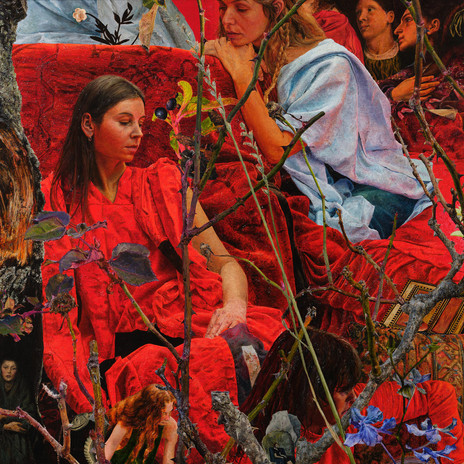
The Coin That Broke The Fountain Floor – Clementine Valentine (2023)
The Coin That Broke The Fountain Floor – Clementine Valentine (2023); art by Andrew McLeod
The Nixon sisters Clementine and Valentine – formerly Purple Pilgrims – offer a kind of Celtic folkloric poetry steeped in the world of William Blake, William Wordsworth and the headiness of the Pre-Raphaelites, alongside contemporary artists like Kate Bush, PJ Harvey, Nadia Reid and the psyche-pop of the Church.
This debut album under their own name is wrapped in a painting by local artist Andrew McLeod, who consciously refers to the tiny masterpiece The Fairy Feller’s Masterstroke by the Victorian Gothic British painter Richard Dadd (1817-1886) who spent more than four decades in mental institutions after a psychotic delusion during which he murdered his father in 1843.
Okay, that’s dark but Dadd’s and McLeod’s work isn’t. The weave of grass, stems and flowers in the foreground of the sisters’ image is directly from Dadd and evokes the mysterious and colourful contents of their album.
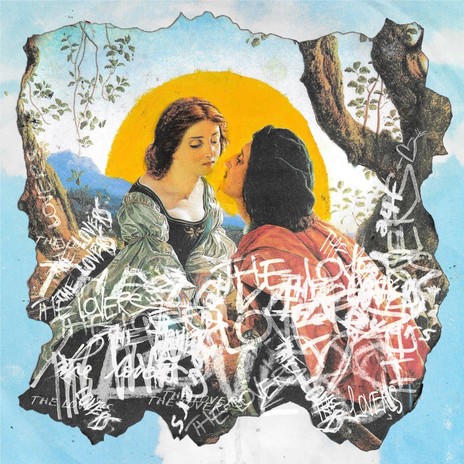
The Lovers – Macey (2023)
The Lovers – Macey (2023); art by Connor Lambert
The debut album by Macey (formerly Harry Parsons) addresses a damaged love life, the emotional fallout as it is happening and trying to find purpose afterwards while feeling every hurt acutely, and repeatedly. That sounds grim but Macey wraps all that into astute, heartfelt and memorable songs.
The cover image by Lambert distills much of this: a distressed image of what looks like a Pre-Raphaelite painting by Dante Gabriel Rossetti (1828-82), famous for his romantic but moody portraits such as Beata Beatrix, his model being Elizabeth Siddal, whom the male character here slightly resembles. The graffiti around the edges adds a degree of wild haste and urgency. Very clever juxtaposition of romantic then and random now.
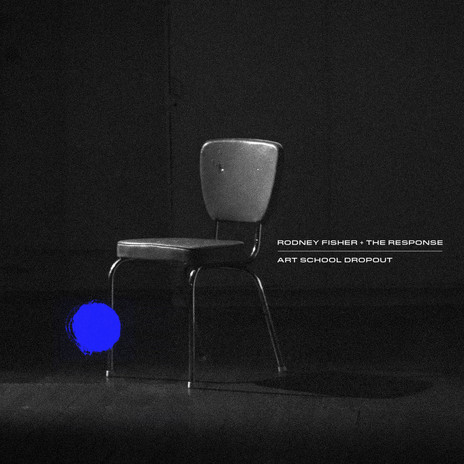
Art School Dropout – Rodney Fisher and The Response (2023)
Art School Dropout – Rodney Fisher and The Response (2023); design by Mike Braid
Aside from Rodney Fisher – formerly of Goodshirt – actually being an art school dropout, what is interesting on this seemingly simple and minimal cover is that it isn’t a classic Eames chair or something of modern Scandinavian design. It’s just a very familiar aluminium tube and vinyl chair of the kind found everywhere.
The classic sans-serif typeface adds a sense of arty elevation but that is offset with a splash of blue – the same colour as the vinyl – adding a clever and necessary disruptive element across a carefully considered design.
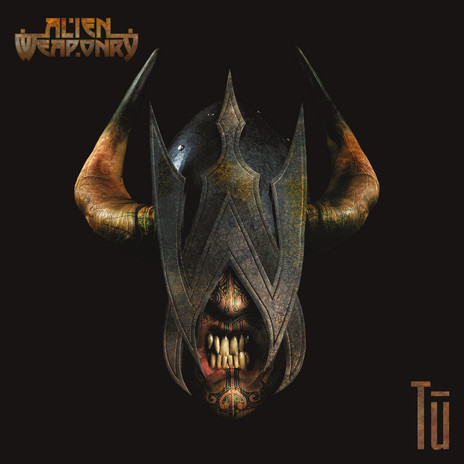
Tū – Alien Weaponry (2018)
Tū – Alien Weaponry (2018); design by Barney Bewick
Alien Weaponry’s thrashing heavy metal, te reo Māori rock is fronted-loaded with messages about Māori warriors confronting colonialism. So what better image than something which evokes Nordic fury (the helmet and horns from the homeland of often inchoate metal rage) and Tā moko?
The menacing face, whom the band nicknamed Tū, represents the Māori, Celtic, French and Scandinavian heritage of Alien Weaponry: drummer Henry Te Reiwhati de Jong, his brother singer/guitarist Lewis Raharuhi de Jong, and bassist Ethan Trembath (replaced by Tūranga Morgan-Edmonds in 2020). Debut albums don’t come much more impressive than this (certainly none from Waipu), or in covers with such a visually powerful indication of contents.
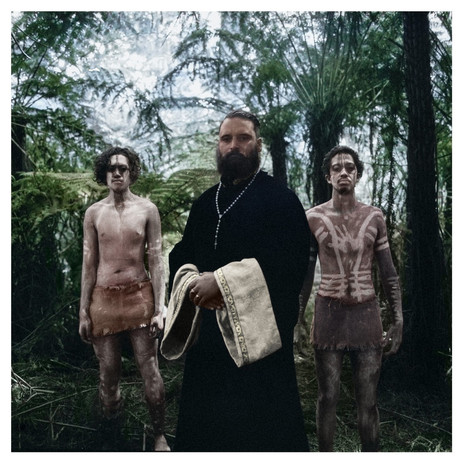
Holy Colony Burning Acres/Pū Whenua Hautapu, Eka Mumura – Troy Kingi (2019/2022)
Holy Colony Burning Acres/Pū Whenua Hautapu, Eka Mumura – Troy Kingi (2019/2022); photography Abe Mora
Whichever version you get on record, the original English-language or the more moving edition in te reo Māori, this cover – black and white on the original, colour for the latter – is a striking comment on colonisation and the schism between cultures. The faces, Troy Kingi at the centre, engage the viewer directly and warn that if you are thinking about this, it isn’t going to be a comfortable ride.
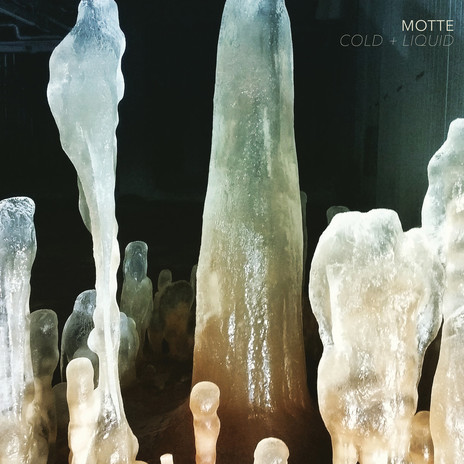
Cold + Liquid – Motte (2022)
Cold + Liquid – Motte (2022); photograph by Oliver Briggs
Motte – Christchurch’s Anita Clark, a violinist and respected string arranger – makes music which exists on the margins of atmospheric ambience, art music and alternative pop. This richly, but quietly, textured second album includes recordings from inside the huge temperature controlled room at the Oamaru Freezing Works.
There are other field recordings woven through (a cargo ship docking, bird sounds) but the cover photo by Briggs cleverly encapsulates a sense of still coldness and yet a colourful, shapeshifting warmth.
Pretty much what the album delivers also.
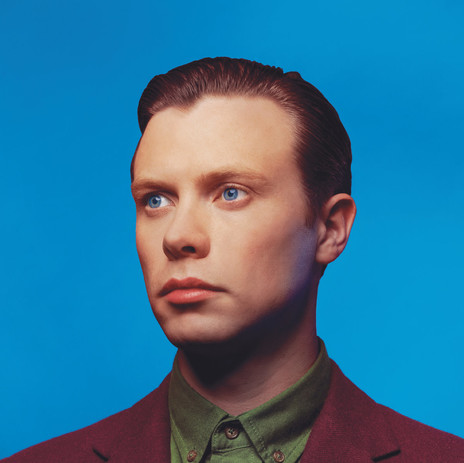
Successor – Anthonie Tonnon (2015)
Successor – Anthonie Tonnon (2015); photograph by Alex Lovell-Smith
Many musicians are rightly nervous about their image on the cover of an album because they know it’s going to be there forever. So clowning around, pulling faces and generally being a dickhead are not going to age well. Fine if you want that to be your arrested adolescence image, but artists aiming for longevity tend to be more serious.
For his third album – which followed the equally striking portrait of Caitlin Cook by photographer Jenna Todd on Tono and the Finance Company’s Up Here For the Dancing (2012) – Anthonie Tonnon sits as if for an early 20th century portrait artist, his immobile features giving little away as he looks beyond the moment of the shutter closing to some remote and far-off point. It feels timeless and his emotional distance draws the viewer in.
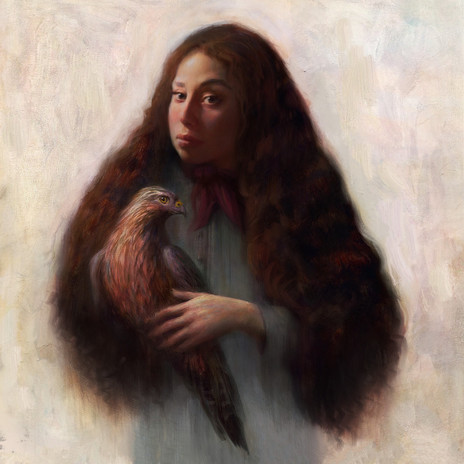
Te Kaahu O Rangi – Te Kaahu (2022)
Te Kaahu O Rangi, by Te Kaahu (2022); art by Jackson Hill
In te reo Māori, this exceptionally beautiful and musically seductive album of hypnotic waiata by Theia (as te Kaahu) is a moving tribute to her tūpuna wāhine and her haukāinga in the Waikato. Steeped in Te Ao Māori, the album makes its contents known by the soft focus cover image which is both enticing but loaded with self-empowerment in the eyes of both alert bird and Theia as a watchful wāhine.
As she says in the liner notes, “this [image] is a nod to the Māori portraiture of the 1800s where Māori were often romanticised as ‘the noble savage’. I find it painful & traumatic to see the hurt & loss in my tūpuna’s faces as they sat for portraits in the midst of colonisation, oppression, war & land confiscation. This album artwork for Te Kaahu is my way of healing some of that intergenerational trauma around the stripping of mana. Here my gaze is unapologetically fixed on the viewer, ‘You will not ignore me nor my people’. Resistance & rangatiratanga. With me, in my arms, is the ever present kaitiaki and taniwha of a kaahu, a manu rangatira representing divine power and authority. This portrait is the manifestation of the Te Kaahu kaupapa. To heal, restore and empower my people.”
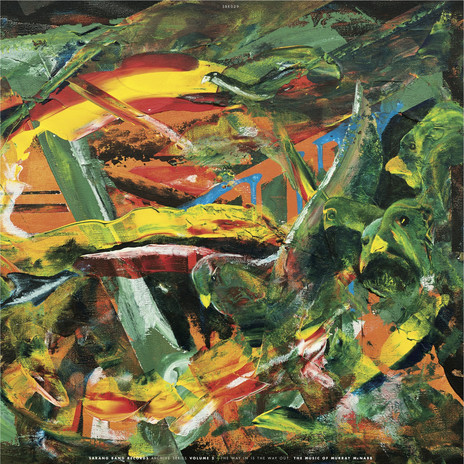
The Way Out is The Way In – Murray McNabb (2016)
The Way Out is The Way In – Murray McNabb (2016); art by Murray McNabb
Murray McNabb, who died in 2013, was behind scores of advertising jingles and used his earnings to do what he wanted: make improvised music. He’d been in the jazz-rock fusion bands Dr Tree and Space Case but his later work could be more astrally-inclined space-rock with guitarist Gianmarco Liguori, of more appeal to rock than jazz listeners.
McNabb was a spiritual but pragmatic man who knew his end was coming (“you can’t think about death because we don’t know what it is”) and an accomplished artist. A vibrant semi-abstract work like this – titled The Private Life of Birds II – reflected his broad strokes on electronic keyboards and piano. A remarkable artist whose musical boldness is right there in paint.
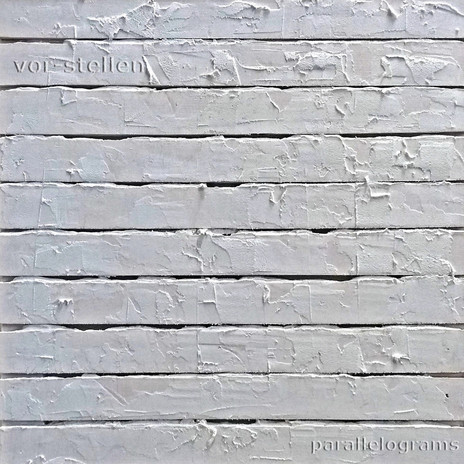
parallelograms – Vor-Stellen (2023)
parallelograms, by Vor-Stellen (2023); artwork by Brendan Moran
Vor-Stellen’s debut double album – in a gatefold sleeve – works in the area of motorik German kosmische rock of the 70s (Can, Neu! Kraftwerk) where repetition, electronics, guitars and voices weave in and out of the sonic texture. Each of the four-piece takes up a full side of the vinyl so this is deep immersion, gently psychedelic ambient music which – in Brian Eno’s description of ambient music – is as enjoyable as it is ignorable.
Here is an aural texture which plays out, but when the listener focuses there’s fine detail to be discovered. Band member Moran’s art of plaster roughly applied to boards reflects this: it looks minimalist and there seems nothing much to see. Until you focus and take in the fine details.
--